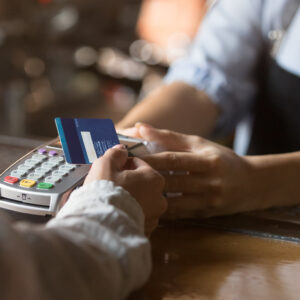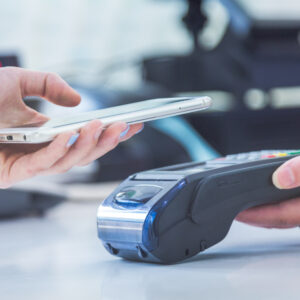If you’re not fighting fraud, you’re funding it.
Want to hear something terrifying? Small and medium businesses are projected to lose over $130 billion to payment fraud in the next five years. That’s no theory, that’s your margin, your growth, your future, stolen by fraudsters who see you as easy money.
Fraud used to mean stolen wallets and forged checks. Now it’s phishing scams, hacked databases, and stolen card numbers running through your checkout like it’s an open bar. Saving credit card info could improve their experience, but it risks your revenue.
Thankfully, you’re not powerless. Fraud protection systems don’t just catch fraud after it happens; they stop it from hitting your balance sheet.
Data & Analysis: Your New Fraud Radar
If you’re not tracking what’s normal, you’ll never spot what’s criminal.
Knowing what to look for means looking at deep reporting. Your fraud prevention starts with knowing what normal looks like: sales patterns, customer locations, and average ticket size. When you know what’s normal, it’s easy to spot what’s dangerous.
You could be exposed to common threats like:
Payment velocity spikes
Too many purchases in too short a time? That card could be compromised.
Unexpected locations
Selling mostly in the U.S.? Sudden foreign sales should raise your eyebrow.
Repeat offenders
If one IP address keeps causing trouble, ban it.
By configuring the right transaction thresholds and keeping a close eye on your data, you’ll flag suspicious behavior before it becomes lost revenue.
Tech That Hunts Fraud While You Sleep
Humans miss more details than the latest tech.
Manual fraud checks are too slow and too human. The modern e-commerce battlefield demands automation. That’s why a great payment processor doesn’t just process payments, it protects them, too.
Their real-time algorithms analyze:
- Device fingerprints and IP addresses
- Transaction trends across your portfolio
- High-risk channels that need extra oversight
When your payment platform automatically stops shady orders while letting good customers sail through checkout, you protect revenue and customer experience in one move.
The right payment process can automate fraud protection, stopping shady orders while good customers sail through checkout. That protects your revenue while maintaining the customer experience. Smart integrations that analyze systems and customer carts are a line of defense that never clocks out.
Security & Compliance: Protect the Good Guys, Stop the Bad Guys
You can’t afford mediocre protection.
Fraud prevention isn’t just about stopping criminals, it’s about safeguarding customer trust. Your payment partner needs to be fully PCI-DSS compliant with encryption that meets all security benchmarks.
Look for partners with:
- Application-layer security
- Network shielding
- 24/7 performance monitoring
If your site crashes during a fraud attack or exposes customer data, it hits your finances and your reputation. In today’s e-commerce world, security and compliance are the standard, not a specialty.
The wrong processing partner could be lazy, and that makes you liable.
Luqra: Proactive Protection, Built for Growth
Fraud prevention shouldn’t slow you down. It should fuel your next level.
At Luqra, we don’t wait for fraud to happen. Our platform identifies patterns, flags, and threats, all while protecting your e-commerce business. Whether you’re scaling your first online brand or managing a complex portfolio, we give you the tools to fight fraud without sacrificing growth. With real-time fraud screening, flexible risk thresholds, and actual human underwriting, Luqra merchants stay ahead of chargebacks, disputes, and fraud.

Common Questions About E-commerce Fraud
What is e-commerce fraud?
E-commerce fraud occurs when someone uses false information, like stolen credit cards or fake identities, to make online purchases. It also includes chargeback abuse, where a buyer disputes a legitimate transaction after receiving the product.
How do I know if I’m being targeted?
Look for warning signs like sudden spikes in orders, unexpected international transactions, or repeat issues from the same IP address. These patterns often point to fraud attempts.
How much does fraud actually cost?
Chargebacks and fraud fees add up fast. A $100 chargeback can cost you $200 once you include product loss, processor fees, and staff time. Over time, high fraud rates can raise your processing costs or get your account flagged.
Is automation really better than manual review?
Yes. Automated systems catch threats faster and more accurately than humans. Real-time tools analyze behavior, IPs, and transaction patterns to stop fraud without slowing down real customers.
What should I look for in a payment processor?
Choose one that goes beyond basic compliance. You need real-time fraud screening, flexible risk settings, and proactive monitoring. Luqra offers all of this plus more.




